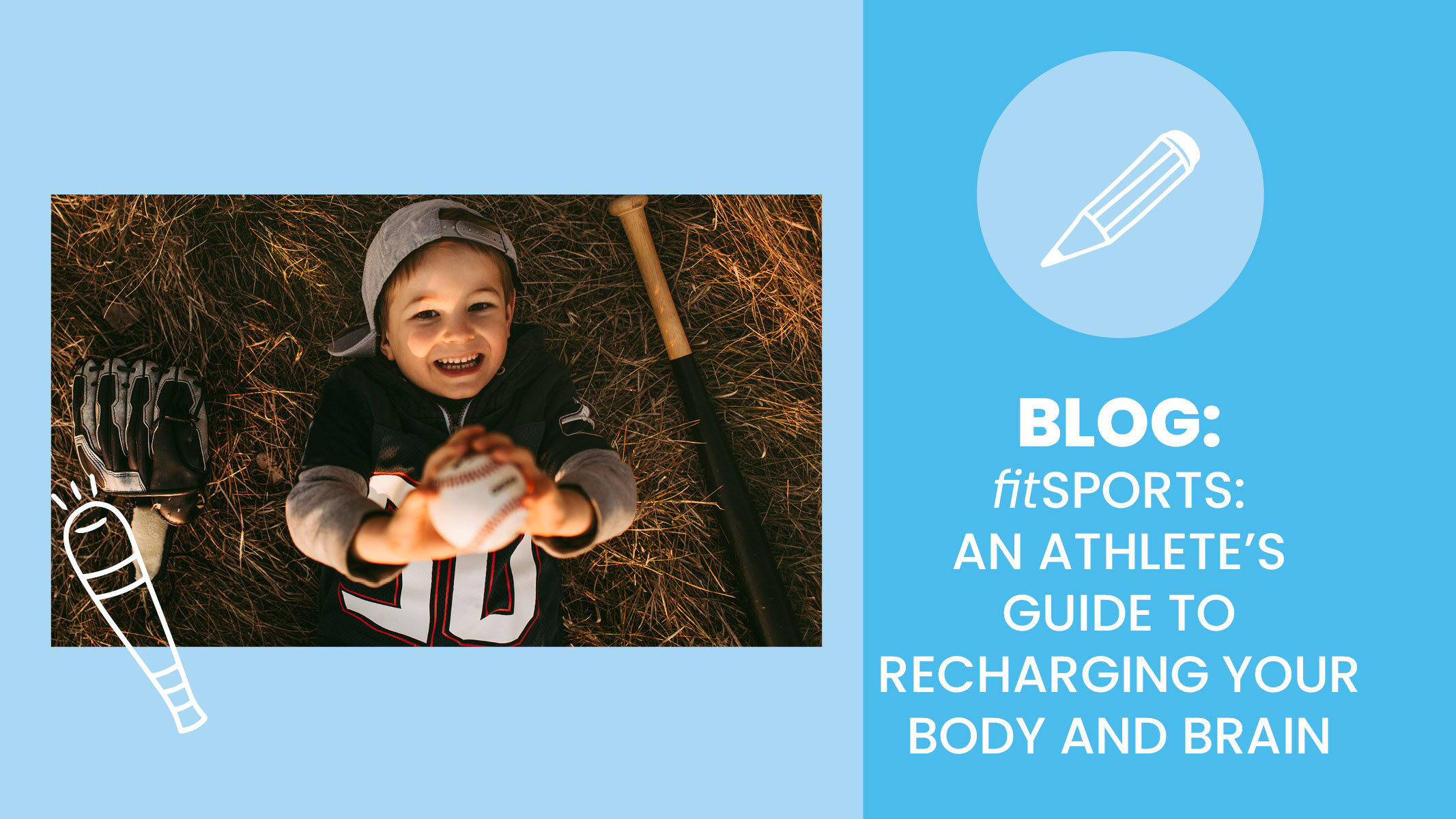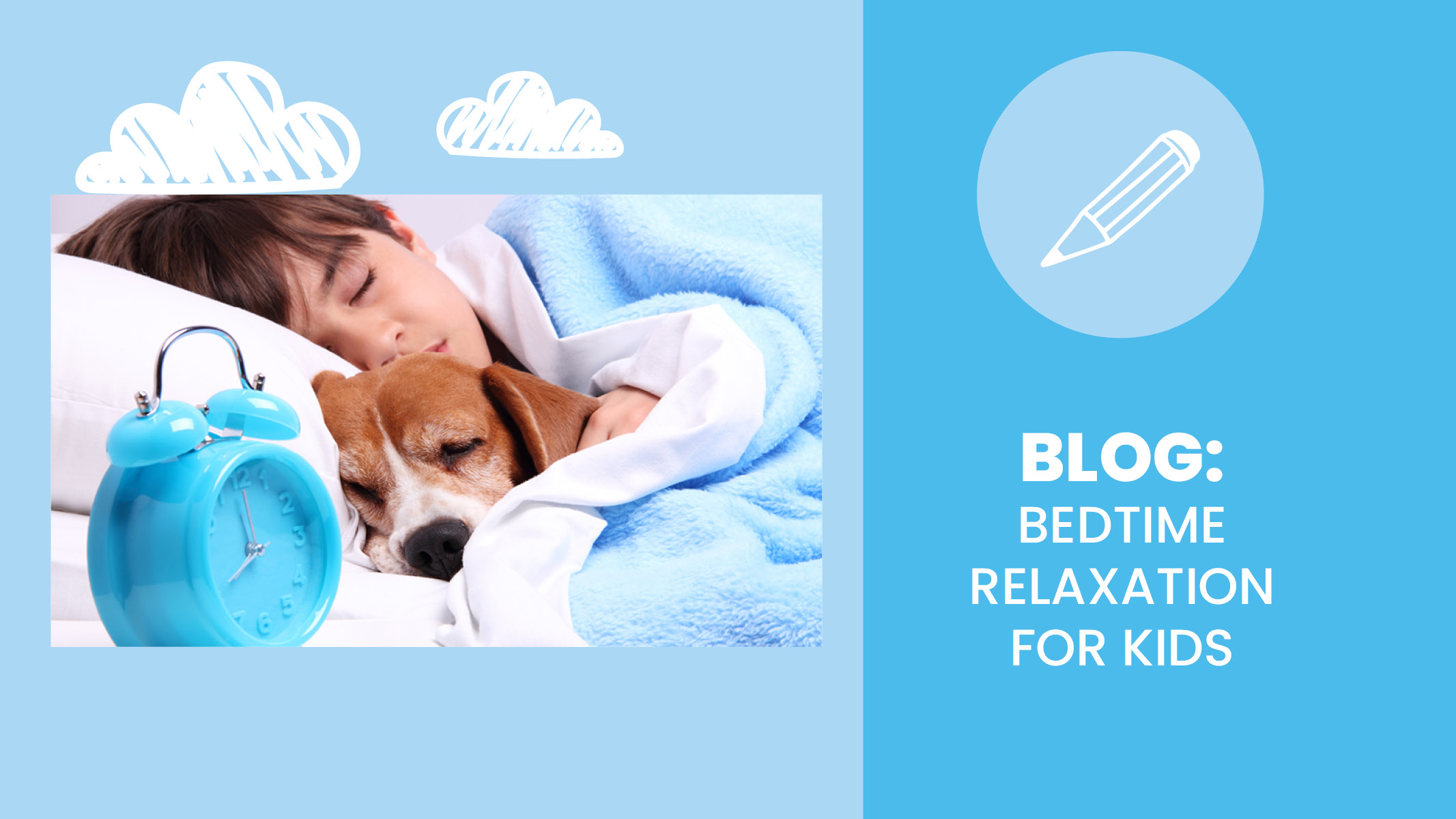Decisions, decisions, decisions! Practicing good hygiene and eating vegetables are a great way to introduce your child to choices that will kick start their whole health journey, but there’s more to it when it comes to making healthy decisions. Sanford fit's unique platform separates the concept of whole health into four pillars of wellness that help your child develop life-long healthy habits.
Recharge Your Energy
Kids have a lot of energy, but is their energy focused? Adequate sleep and taking time to relax throughout the day without a screen are essential to maintain the energy needed to support impulse control and attention. Your child’s energy levels also affect what and how much they eat, as well as their feelings and emotions. The Academy of Pediatrics recommends that children, ages 6-12, get 9 to 12 hours of sleep regularly. Adolescents, ages 12-18, need 8 to 10 hours. Sleep hygiene—creating and following a healthy bedtime routine is the first step to adequate sleep. Children need to wind-down about an hour before bed—that means shutting off screens and replacing physical activity with quiet, calm activities such as reading, journaling, or creative hobbies. Of course, the routine should include personal hygiene such as a bath or shower and brushing teeth. At school, educators can talk about the importance of sleep with their kids, and provide them with a chart to support the creation and fulfillment of a bedtime routine. Taking time for rest and relaxation throughout the day also supports the right kind of energy for focus and impulse control. Take a quiet break with a mindfulness activity, read, draw, or simply do a puzzle to recharge and help your kids get the kind of energy they need to support healthy behaviors.
Motivate Your Mood
With so much going on in the world, it’s important for kids to understand their feelings and emotions. Educating your kids on how to identify their feelings, as well as coping strategies to apply when in need, will greatly benefit them both in and out of the classroom. What if your kids had a way to individually cope with their feelings, rather than disrupting whatever is going on? This may seem ideal, but how do we do it? fit has many simple and effective resources like the How I Feel printable that challenges children to identify how they feel, why they feel this way, and then brainstorm a few things they can do to motivate their moods. Walk through this activity with your kids, or encourage them to use it on their own when they’re needing to work through their feelings and emotions.
Think Your Food
It’s important for kids to eat nutritious foods, so teaching kids about making healthy food choices is paramount. A nutrient-rich diet promotes both physical and mental health while helping your kids to feel energized throughout their day. Help them to understand that food is fuel! Food is what you eat and drink to give your body energy to move and think. Rather than classifying foods as good or bad, encourage children to stop and think, then choose the best fuel (i.e., foods that supply nutrition and energy, rather than empty calories). Healthy eating habits are more likely to stick when introduced early, so take time to discuss those habits both in and out of school. Remember, kids aren’t born with a craving for sugar, or with a dis-interest in broccoli. As role models, you have the ability to greatly influence their choices and help them foster a healthy relationship with food. Learning about food with your kids can have so many different appearances, too. Make simple recipes like ants on a log, have the kids bring in their favorite snacks for show-and-tell, or test their knowledge on healthy snack choices to keep them engaged and focused.
Move Your Body
It’s no secret that regular physical activity is a cornerstone of a healthy lifestyle and overall fitness. The benefits of movement, for all of us, fall under three categories: physical health, emotional health, and academic readiness. Physical activity improves strength, endurance, bone and muscle health, and even supports healthy blood pressure and cholesterol levels. Regular physical activity is also connected to a reduction in fatigue and better sleep! If you have ever taken a brisk walk outside when feeling stressed or anxious, you’ve likely experienced how movement supports emotional health. Movement and physical activity increases the amount of mood-enhancing brain chemicals our bodies produce. Learning, including academic progress, behavior, and cognitive abilities are all impacted by physical activity. While moderate to vigorous physical activity is beneficial, making time to move many ways and many times throughout the day will set your kids on the path to realizing the benefits of regular physical activity. A good rule of thumb is to do some kind of physical activity for 10-15 minutes each hour. Go for a walk, stretch, or take a brain break with a fitBoost!
Think fit, Be fit
With all the choices that kids can make, how do you encourage them to make the healthy ones? fit simplifies decision-making with the cue, “Think fit. Be fit!”
Think fit.
- Stop and think about your energy and mood. These influences can help or prevent you from making a healthy choice.
- What can I do? What choices are best for my body and brain?
Be fit!
- Make a healthy choice.
- Reflect: How do I feel about my choice?
Empowering children with decision-making skills gives them the chance to experience the satisfaction and fulfillment of positive decisions and equips them to make healthy decisions in the future. Of course, not all decisions are positive. Part of learning how to make thoughtful and healthy decisions is allowing children to make poor ones—thus giving them the opportunity to learn from the experience and make better decisions in the future. So remember: Think fit. Be fit! Stop and think about your energy and mood, then make a healthy choice!
Ready for More? You Might Also Like:
What is fit? Video
fitFlow Activity
The Scoop on Sugar Video


